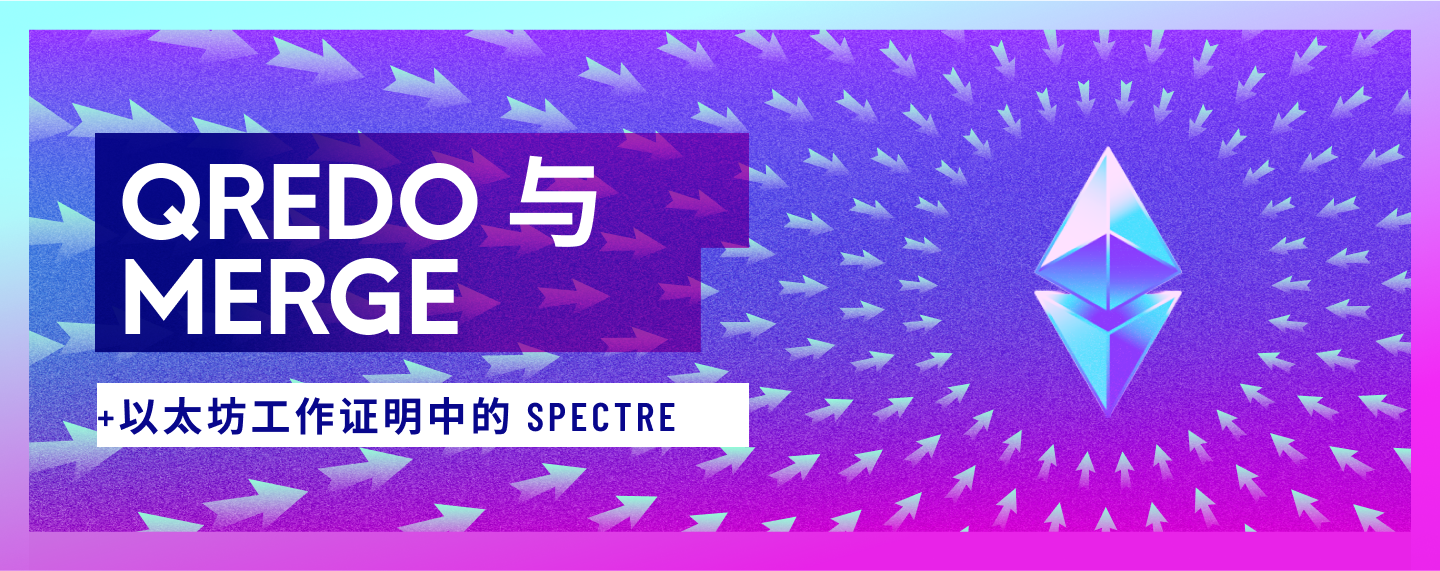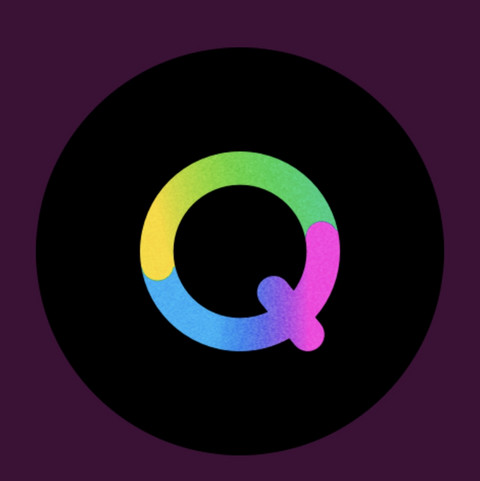
Fellow Qredonians, the Ethereum merger is expected to take place in mid-September 2022, which will be the biggest milestone in Ethereum's short history.
This post explains what the event is, how we plan to support Qredo users, and the risks of interacting with potentially forked chains such as ETHPoW.
What is Merge?
MergeIt is Ethereum's transition from Proof of Work to Proof of Stake. Specifically, it combines Ethereum’s existing execution layer (the mainnet we use today) with its new proof-of-stake consensus layer, the beacon chain. This shift will eliminate hash-based mining and reduce the network’s energy consumption by approximately 99%. It also promises to reduce the issuance rate of ether by 85%.
Will Merge affect Qredo?
The Qredo team will remain vigilant leading up to and including the merger, and we have been coordinating with our infrastructure providers to ensure services are not negatively impacted. Both the Ropsten and Goerli testnets were successfully merged without any disruption or downtime.
What is ETH PoW?
There has been speculation that the proposed Ethereum PoW fork will continue to use traditional proof-of-work consensus to validate transactions after the merger. Some exchanges have added support for the token EHPow as an IOU.
Will Qredo support ETHPoW?
Qredo will not add layer 2 support for ETHPoW or ETHPoW-enabled tokens for the time being. This is mainly to protect users from the high risk of scams and technical vulnerabilities.
Nonetheless, since ETHPoW will be an EVM-compatible chain, Qredo users will still be able to interact with it through the MetaMask mechanism (and WalletConnect beta).
We strongly advise users who are not familiar with the advanced features of Metamask not to interact with ETHPoW. However, if you do choose to interact with the forked EHPow network, be aware of several key risks that Qredo does not protect users from:
1. The code of ETHPoW is not public or verified, and the infrastructure support is limited.
Backers of the ETHPow network (as of November 8, 2022) have still not provided software for node clients that will validate transactions according to the rules of the ETHPow network. Additionally, there is no "blockchain-as-a-service" provider that supports forks, so there is no API access to MetaMask or Block Explorers.
2. Making transactions on ETHPoW exposes your address to replay attacks
Attack scenario: Alice owns 1000ETH at address 0xAAAA, at this time the Ethereum network switches to PoS and the EHPow fork begins. Alice now has 1000ETH and 1000ETHPoW.
Alice decides to sell her ETHPow. She creates a transaction to deposit 1000 ETHPow in exchange for address 0xBBBB, signs it and broadcasts it to the ETHPow network.
Charlie sees Alice's transaction in the ETHPow mempool and immediately broadcasts it to the (real) Ethereum network. Both transactions are valid and will be confirmed. Alice now loses control of her 1000ETH, which was also sent to 0xBBBB on the Ethereum network.
Qredo MPC cannot protect your assets from replay attacks. If you choose to transact on the ETHPoW network without taking the necessary "replay protection" steps, you risk losing your assets on the Ethereum mainnet. As discussed here,steps you can takeTo reduce the risk of transactions being replayed.
3. Major supported stablecoin projects (e.g.USDC) are not intended to support ETHPoW
Without a stablecoin, ETHPoW is unlikely to sustain the DeFi ecosystem.
For more information on the implications of the Qredo and Ethereum merger, ask a Qredo expert.
Original link:https://www.qredo.com/blog/ethereum-merge
Qredo Chinese page:qredo.com/zh-cn



